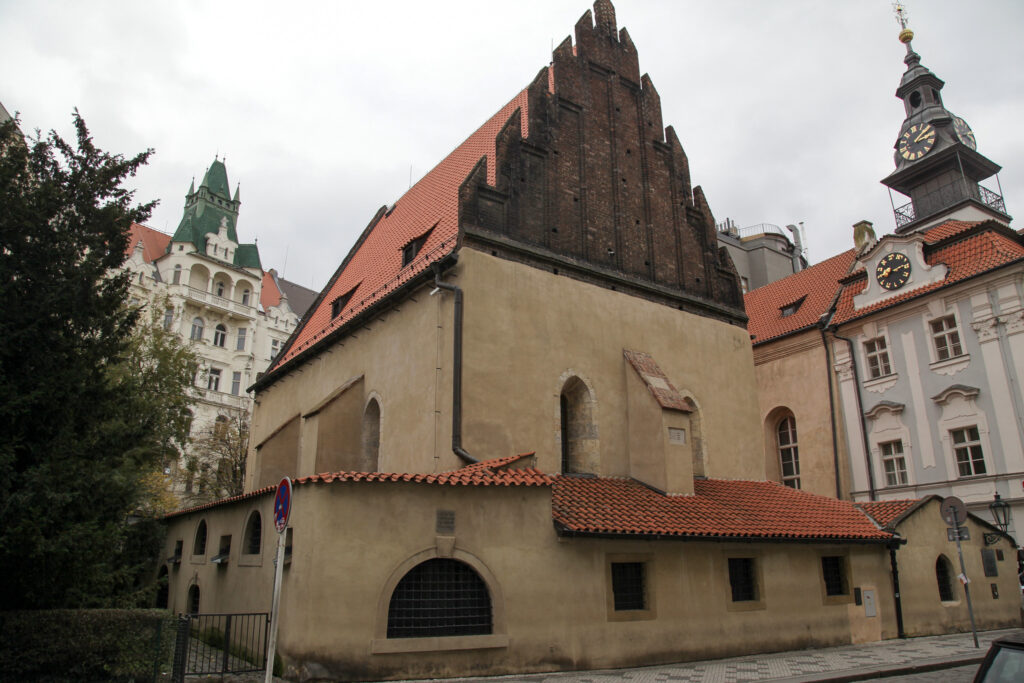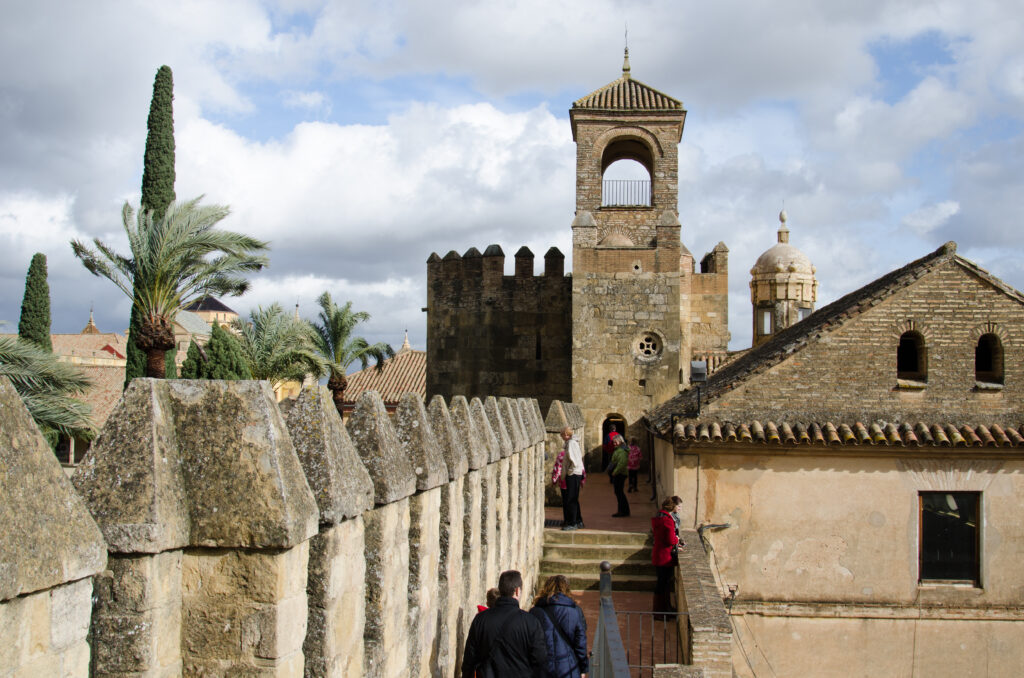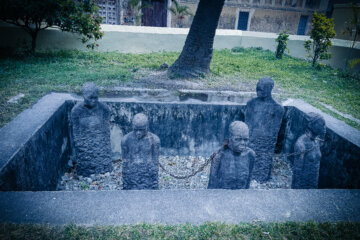Kabbalah and the Mind: A Mystical Journey and Psychological Exploration
Embarking on a journey through the mystical universe of Kabbalah implies walking alongside ancient sages and modern seekers alike, tracing a path that meanders through intricate philosophies, spiritual pursuits, and a longing for divine connectivity. Kabbalah, in its essence, unveils a manifold of understandings and expressions, linking people across generations and geographies through a shared pursuit of esoteric knowledge.
The Roots of Kabbalah
Kabbalah, originating from the Hebrew root “Kabel,” which means to receive, is a set of esoteric teachings meant to explain the relationship between the unchanging, eternal God and the mutable, finite universe. It originated in Jewish circles in the 12th century in Provence, France, and has evolved considerably through the years.
Kabbalists strive to understand the divine nature, the universe, and the purpose and fate of mankind. They explore the nature of God, ultimately seeking to achieve spiritual enlightenment and to bond with the divine.
Central Pillars of Thought
Kabbalistic thought revolves around pivotal concepts that map the landscape of the divine and the human soul.
- Ein Sof: The infinite and unknowable source of all creation.
- Tree of Life: Represents the ten Sefirot, channels through which the Divine interacts with the universe.
- Tzimtzum: A concept introduced by Isaac Luria, depicting the self-imposed contraction of the Divine to allow creation.
Kabbalistic Luminaries
- Isaac Luria (1534-1572): Known as the Ari, Luria introduced new ideas about the creation of the universe and the process of Tikkun (restoration or repair).
- Moses Cordovero (1522-1570): A prominent Kabbalist in Safed, who elucidated a systematic theology of Kabbalah.
- Moses Maimonides(1138–1204): Though primarily a philosopher, his work has touched upon some Kabbalistic ideas, bridging reason and mysticism.
The Spiritual Hubs: Tracing the Steps of the Kabbalists
In pursuit of Kabbalistic knowledge, there are some spectacular destinations around the world that are deeply intertwined with its rich history.
Safed, Israel: Often considered the heart of Kabbalah, Safed is a city in Northern Israel known for its mystical atmosphere and significance in Jewish history. Visitors immerse themselves in a town where ancient synagogues, narrow alleyways, and the spirit of Kabbalists like Isaac Luria linger palpably in the air.

Prague, Czech Republic: With its rich Jewish heritage, Prague homes the oldest active synagogue in Europe and is awash with tales of mystical beings and Kabbalistic secrets that beckon scholars and tourists alike.

Córdoba, Spain: The works of revered Jewish philosopher and Kabbalist, Moses Maimonides, echo through the streets of Córdoba, reflecting an era where Christian, Jewish, and Islamic thought converged and dialogued.

Kabbalah’s Influence Through Time
Kabbalah has wielded a profound influence across the corridors of time, branching its reach into various aspects of life and thought.
- Literature: The symbolic and allegorical nature of Kabbalah has left a notable impact on literary traditions, inspiring writers to explore mystical and existential themes within their works.
- Art: The mysticism and spiritual symbolism of Kabbalah have permeated into the world of art, influencing artists to incorporate Kabbalistic symbols and themes, generating artworks that provoke thought and spiritual reflection.
- Popular Culture: Today, Kabbalah has found a place in popular culture, with numerous celebrities and public figures studying its teachings, thereby bringing it into the limelight.
Reading Recommendations
- “Kabbalah” by Gershom Scholem.
- “The Essential Kabbalah” by Daniel C. Matt.
- “Physician of the Soul, Healer of the Cosmos” by Lawrence Fine.
Kabbalah and Psychology: A Confluence of Thought
The exploration of the human psyche and spirit has been a shared pursuit of both Kabbalah and psychology, albeit from distinct perspectives and methodologies. Within Kabbalah’s mystical and symbolic framework and psychology’s empirical and analytical approach, we find intriguing intersections and parallels that spark a unique dialogue between the two disciplines.
1. Inner Exploration
Both Kabbalists and psychologists embark on a journey inward, exploring the mind and soul, albeit from different perspectives.
- Unconscious and the Divine: While psychology often explores the unconscious and its influence, Kabbalah looks at the divine hiddenness and its manifestations.
- Symbols: Both employ a rich tapestry of symbols to explore and explain deeper truths and processes.
2. Jungian Psychology and Kabbalah
Carl Jung, a renowned Swiss psychiatrist, dabbled deeply into the realms of spirituality and mysticism. His concept of archetypes and the collective unconscious shows parallels with Kabbalistic symbols and notions of a universal, interconnected spiritual reality.
- Archetypal Symbology: Jung’s archetypes and Kabbalistic symbols both serve as mediums to explore deeper, universal truths.
- Individuation and Tikkun: Jung’s process of individuation and Kabbalah’s concept of Tikkun (repair) both deal with the journey toward wholeness and integration.
3. Therapeutic Alignments
The therapeutic approaches within psychology can often find a spiritual counterpart in Kabbalistic teachings.
- Transformation: Both Kabbalah and therapeutic psychology emphasize transformation. Where psychology might guide a person toward mental wellness and behavioral change, Kabbalah seeks to bring about a spiritual transformation, aligning oneself with the divine.
- Inner Work: Both disciplines value the introspective work that facilitates inner change and evolution.
4. Practical Applications
While psychology has been largely applied in therapeutic and clinical settings, Kabbalah too, in its own way, has been utilized as a spiritual therapeutic tool.
- Spiritual Counseling: Kabbalistic teachings have been used in providing spiritual guidance and counseling.
- Meditative Practices: Kabbalistic meditation and visualization techniques have been applied for spiritual elevation and emotional regulation.
5. Challenges and Criticisms
The intersection of Kabbalah and psychology also brings forth certain challenges and criticisms.
- Empirical vs. Mystical: The empirical and scientifically backed approach of psychology often stands in contrast to the mystical and esoteric nature of Kabbalah.
- Universal vs. Particular: While psychology often seeks universal principles, Kabbalah is deeply rooted in particular Jewish mystical experiences and theology.
Concluding Thoughts
In exploring Kabbalah, we uncover not just the celestial mysteries it seeks to unravel, but also embark upon a journey that intertwines divine wisdom with our mortal experiences, providing a spiritual scaffold through which we navigate our existence. From ancient sages to modern psychologists, the eternal wisdom of Kabbalah has whispered through the ages, inviting us all to partake in its mystical journey.
References
- Matt, Daniel C. The Essential Kabbalah: The Heart of Jewish Mysticism. HarperOne, 2009.
- Scholem, Gershom. Kabbalah. Meridian Books, 1978.
- Fine, Lawrence. Physician of the Soul, Healer of the Cosmos: Isaac Luria and his Kabbalistic Fellowship. Stanford University Press, 2003.
- Jung, C.G. “Memories, Dreams, Reflections.” Vintage; Reprint edition, 1989.
- Bakan, Sanford. “Sigmund Freud and the Jewish Mystical Tradition.” Dover Publications, 2004.




0 Comments